ZEYNEP GUNGOR was born in Turkey and studied at a German High School before coming to USA. She is a 3rd year UCLA psychology student, currently working in the Bjork Learning and Forgetting Lab as a research assistant. Zeynep is interested in understanding the processes that are involved in learning, which then consequently affecting our daily practices
———————-
Learning is a challenging process and learning habits have always been an intriguing topic for researchers, but this topic is the greatest concern to us – students. Students learn a variety of things in a limited time. Years of research on How to Learn has shown that the way information is presented not only changes what we have learned but also affects how well we learnt. Today, I am going to talk about one very effective learning strategy – the spacing effect
The Spacing Effect
The question here is whether, when learning for example a new math concept or Spanish vocabularies, should we immediately restudy what we have just learned to get it in our brain before moving on? or shall we wait for a while, study something else, and then restudy it?
In a typical research experiment of the spacing effect, there are three phases. First, the learner studies the information once and then takes a break: the spacing gap. Then, in the second phase, the learner studies the same information again. After another period of time, which is called the retention delay, the learner undergoes a final test related to the information he or she has studied. When there is a spacing gap between the two learning events, it is called ‘spaced practice.’ So, in spaced practice, you restudy the same material with breaks in between. When there is no spacing gap between the learning events, the repeated information occurs immediately and this is called ‘massed practice‘.
Many studies, dating back to the year 1885, have demonstrated that spaced practice has more long-term benefits and higher recall probability than massed practice.
Sobel, Cepeda, and Kapler (2011), for example, taught fifth graders the definitions of uncommon English words. Students learned these definitions through an interactive tutorial over two sessions. They either had these two sessions on the same day (massed condition) or on two separate days with one week in between (spaced condition). Their results showed that the students in the spaced conditions recalled more words when presented with a final test. Therefore, if you are going to study something, let time pass in between the first and second time you study.
For instance, let’s imagine you are studying psychology and you are required to read an article about the etiology of schizophrenia. Don’t read the article and then review it on the same day. Rather spread out your reading across numerous days, for example, review it after 4 days. You don’t necessarily study more this way, instead you have the exact same study time, but you just distribute it differently.
On college campuses it is very common to cram before an exam with sleepless nights. Cramming may work to learn the information for the exam the next day, but it will not benefit you in the long run. Like when you crammed for a midterm and let’s say the final is cumulative, which means the same material will be in the final or the next class in based on the previous class – Stats 1,2,3… In this case, you either have to cram the same material again, which would be a waste of time, or you can either be smart and space your study throughout the semester and have a better recall not just for the cumulative final exam but also for your next classes.
Thus, it is important to provide this evidence to the many students who think that massing is the best practice for learning. Students should use these research findings and implement spaced practice into their study habits. It is clear that….
if you want to end the quarter with a good grade; you would be better off studying throughout the semester, studying the material with gaps in between, rather than cramming before an exam. You should study, wait and then study again, and you will see that you acquired more information after the second session of studying.
In my next blog, I will talk about the …..The Interleaving Effect, look out for it.
ZEYNEP GUNGOR


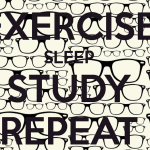










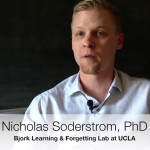



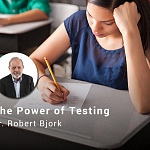




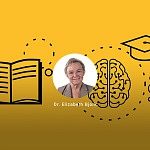

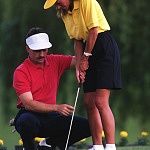



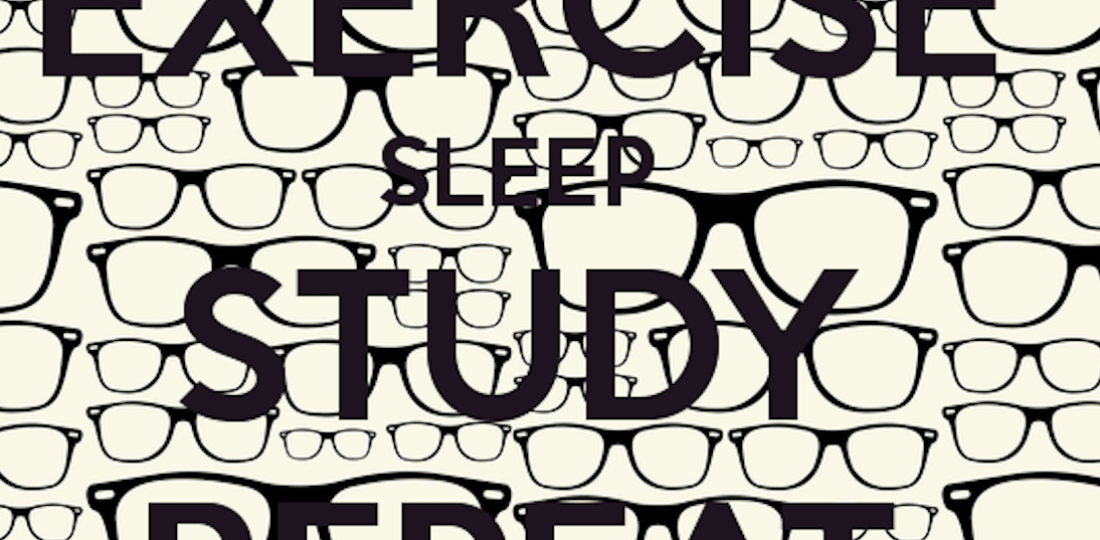
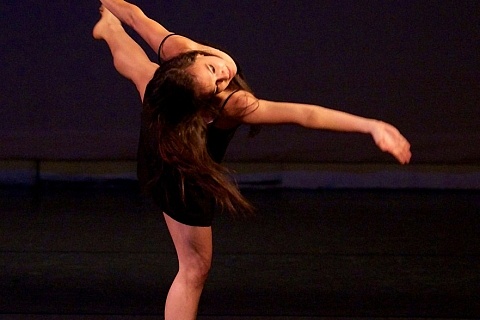


Leave a Reply
You must be logged in to post a comment.